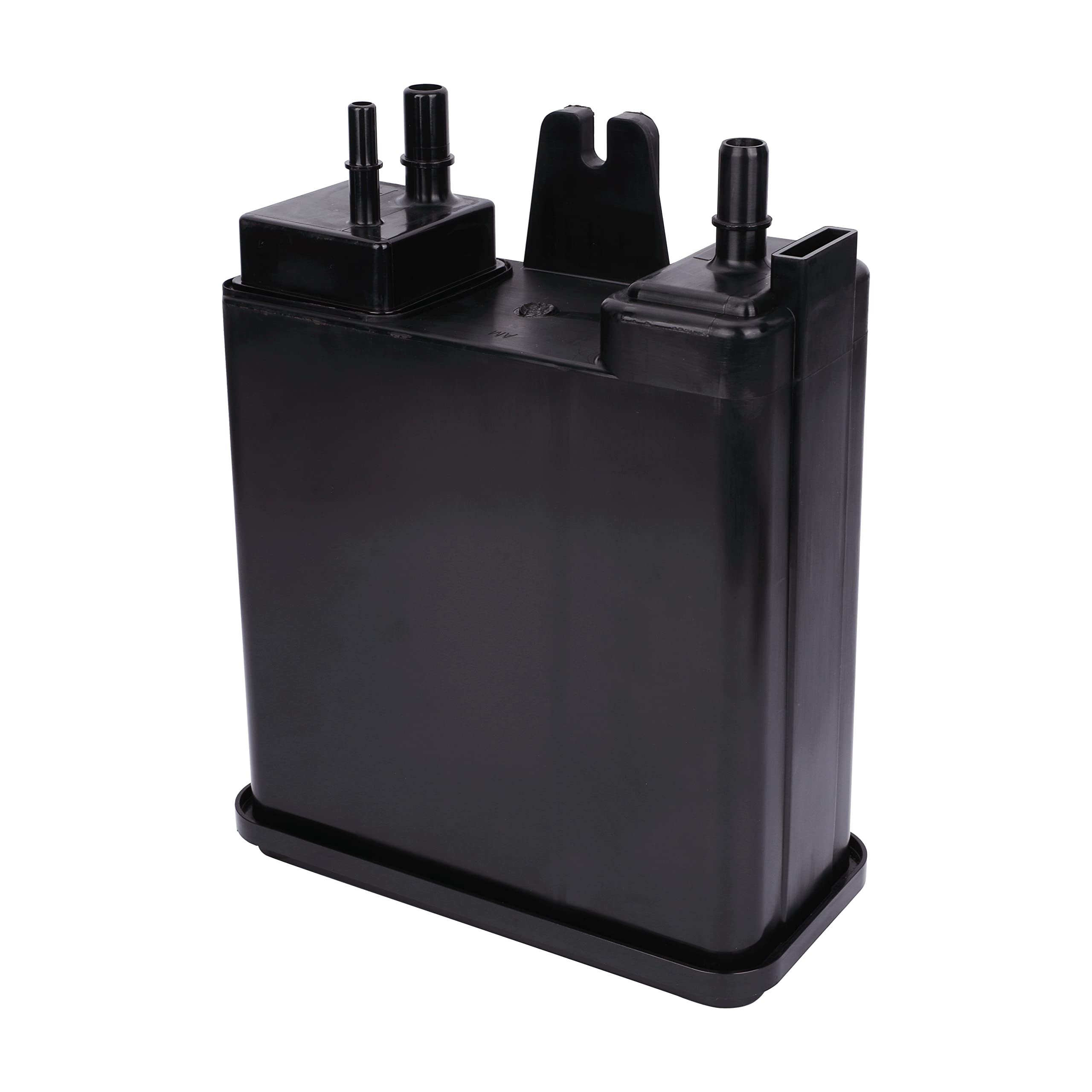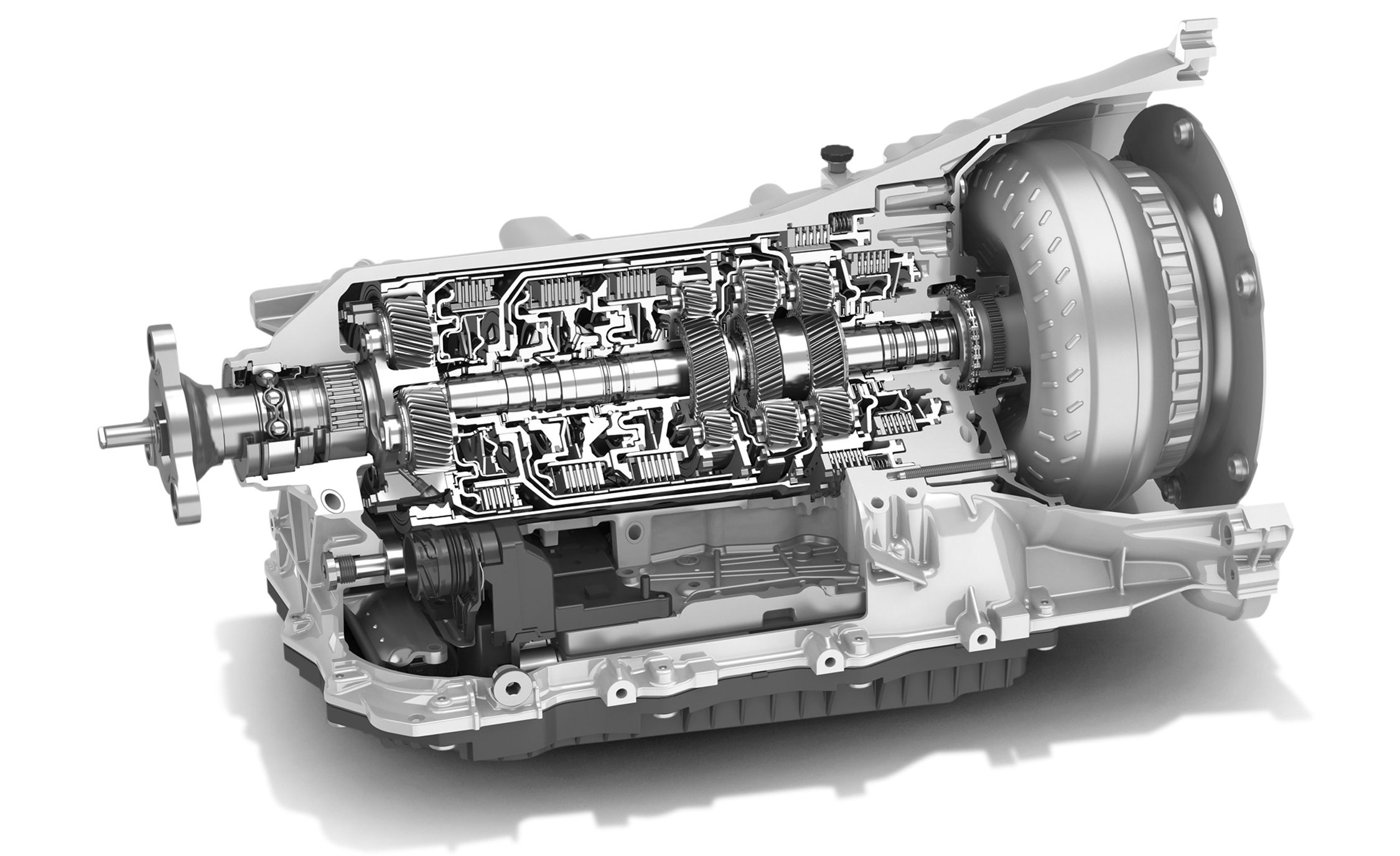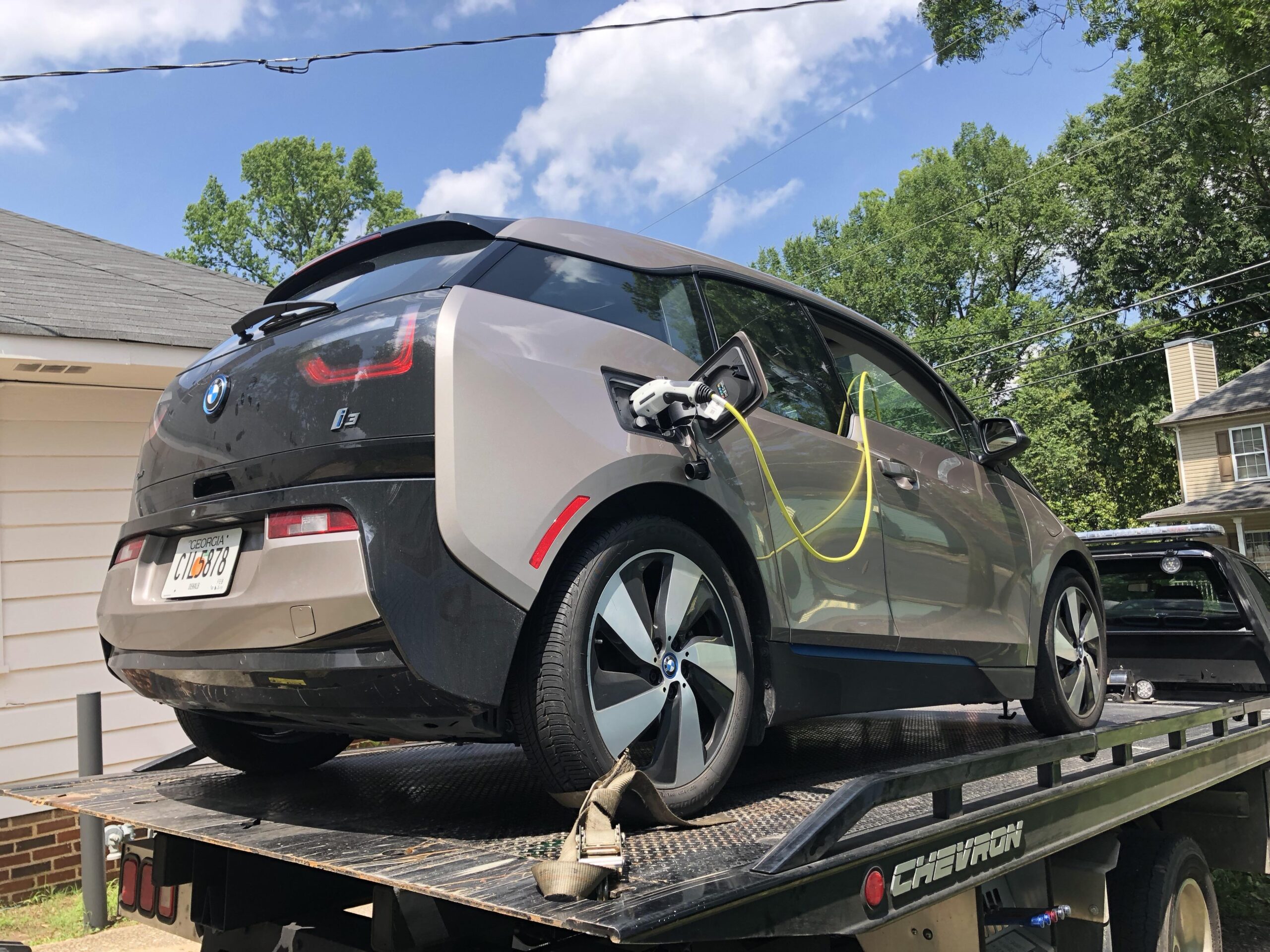Curious about bypassing the Evap canister?
Stick with us as we unveil the simplest method to achieve just that.
The Evap canister plays a pivotal role in your vehicle’s emission control system, serving as a key component.
Its primary duty is to accumulate and retain fuel vapors emanating from the fuel tank, preventing their release into the atmosphere.
However, there are situations where bypassing the Evap canister becomes necessary, involving the disconnection or removal of a malfunctioning canister.
If you’re not well-versed in automotive intricacies, navigating this process might pose a challenge.
In this comprehensive article, we delve into every aspect of the Evap canister, shedding light on its functionality.
We’ll guide you through the process of bypassing it, addressing the intricacies involved.
Moreover, we’ll explore the safety considerations associated with bypassing the Evap canister.
Stay tuned as we embark on this informative journey.
What is an Evaporative Canister?
An Evaporative Canister, often referred to as an Evap canister, is a crucial component within a vehicle’s emission control system.
This canister plays a pivotal role in minimizing harmful fuel vapors from being released into the atmosphere. Its primary function involves capturing and storing these fuel vapors, preventing their escape from the fuel tank.
Situated in the engine compartment or underneath the vehicle, the Evap canister is designed to absorb and contain fuel vapor during periods when the engine is turned off.
This process aids in reducing emissions and contributes to environmental conservation efforts.
In essence, the Evaporative Canister is an integral element in modern vehicles, ensuring a more eco-friendly operation by effectively managing and controlling the release of fuel vapors into the air.
Also Read: Full Accessory Power Active: What Does It Mean In FORD?
What is the Mechanism Behind It?

The Evap canister uses activated charcoal to trap fuel vapor when your vehicle is turned off.
Once you kickstart the engine, the Engine Control Module takes charge, adjusting the purge control valve according to factors like engine speed, load, and temperature.
When the purge control valve opens up, the fuel vapors stored in the Evap canister get drawn into the engine.
There, they join forces with the air/fuel mix, leading to reduced emissions and better fuel efficiency.
On the flip side, when the purge control valve shuts, it keeps the fuel vapors out of the engine, directing them back into the Evap canister.
It’s a simple but effective process that contributes to a cleaner ride and improved gas mileage.
Why Bypass Evap Canister?
- Faulty Evap Canister
The primary reason to bypass the Evap canister is if it’s malfunctioning or damaged. A faulty canister can disrupt the proper functioning of the emission control system, leading to increased emissions and potential performance issues. Bypassing it, in this case, might be a temporary solution until a replacement can be installed.
- Cost of Replacement
The Evap canister is a component that may require replacement due to wear and tear. However, the cost of a new canister and the associated labor charges can be significant. Bypassing the Evap canister temporarily might be considered as a cost-effective measure for individuals facing budget constraints, allowing them to address the issue later.
- Simplified Troubleshooting
Bypassing the Evap canister can serve as a diagnostic step. In cases where the specific issue with the emission control system is unclear, bypassing the canister helps to simplify troubleshooting. If the problem persists even after bypassing, it suggests that the canister might not be the root cause of the issue.
- Performance Modifications
Some vehicle enthusiasts opt to bypass the Evap canister as part of performance modifications. While this is often done for off-road or racing purposes, it’s essential to note that bypassing emission control components may violate environmental regulations and is not recommended for street-legal vehicles.
- Temporary Solution for Emergency Repairs
In emergency situations where immediate access to a replacement Evap canister is not possible, bypassing the canister can be a temporary solution. This allows the vehicle to remain operational until a proper repair or replacement can be performed, ensuring continued functionality in critical situations.
- Emission Testing Bypass
In regions where emission testing is not mandatory or strictly enforced, some vehicle owners may opt to bypass the Evap canister to avoid the costs associated with repairing or replacing it. However, it’s important to note that bypassing emission control components can contribute to increased air pollution and is not environmentally responsible.
- DIY Repairs
For individuals with sufficient automotive knowledge and skills, bypassing the Evap canister might be a DIY solution to address immediate issues. This is more common among car owners who prefer hands-on repairs and have the expertise to navigate the intricacies of the vehicle’s emission control system.
- Off-Road Modifications
Off-road enthusiasts often modify their vehicles for better performance in rugged terrains. In some cases, bypassing the Evap canister is done to prevent potential damage during off-road activities. However, this modification should be approached cautiously, considering the environmental impact and legal implications.
- Customization for Vintage Cars
In the case of vintage cars or custom-built vehicles, owners may choose to bypass the Evap canister as part of a broader customization plan. This decision should be made with an awareness of local emissions regulations and environmental responsibilities.
- Eliminating Unnecessary Components
Some vehicle owners may opt to bypass the Evap canister as part of a strategy to simplify the vehicle’s components. While this approach may reduce system complexity, it’s crucial to weigh the potential drawbacks, such as increased emissions and legal compliance.
- Faulty Purge Valve
Beyond a faulty Evap canister, a malfunctioning purge control valve can also prompt the decision to bypass. Issues with the purge valve can disrupt the evaporative emission control system, potentially causing a vehicle to fail emissions tests. Thorough diagnosis and repair are crucial to ensure optimal vehicle operation.
- Blocked Nozzles
Regular maintenance involves cleaning the vapor storage outlet nozzles, susceptible to environmental debris and mud accumulation. Cleaning these nozzles is essential to prevent clogs, ensuring the proper flow of gas fuel through the system and maintaining efficient operation.
- Worn-out Charcoal
Over time, the activated charcoal within the Evap canister can lose its freshness and porosity. Continuous vehicle movement can cause charcoal particles to crush, turning into a powder that fails to effectively contain vapor. This degradation in charcoal effectiveness may prompt the need to bypass the Evap canister.
- Moisture Exposure
If the charcoal in the Evap canister is exposed to moisture from condensed vapor or fuel from the tank, it can lose its porosity. This leads to a clogged vapor vent, negatively impacting engine performance and fuel efficiency. Bypassing the canister might be considered if moisture-related issues persist.
- Damaged Charcoal Filter
Wear and tear on the fuel filters located at the entry and exit ends of the vapor storage canister can permit charcoal particles to enter the purge control valve. This infiltration can contribute to canister malfunctions, providing another reason to bypass the Evap canister until proper repairs or replacements are made.
How to Bypass Evap Canister? – Step-by-step
Bypassing the Evap Canister is a task that should be approached with caution, as it involves altering the emission control system of your vehicle.
Before proceeding, it’s essential to note that tampering with emission control components may violate environmental regulations and could lead to legal consequences.
Additionally, bypassing the Evap Canister may negatively impact your vehicle’s emissions, fuel efficiency, and overall performance.
It is recommended to consult with a professional mechanic or automotive expert before attempting such modifications.
Step 1: Safety First
Prioritize safety by ensuring that your vehicle is parked on a flat, stable surface. Turn off the engine, engage the parking brake, and disconnect the negative terminal of the car battery. This precautionary measure reduces the risk of electrical mishaps during the procedure.
Step 2: Locate the Evap Canister
Identify the Evap Canister’s location within your vehicle. It is commonly situated near the fuel tank or in the engine compartment. Refer to your vehicle’s service manual or consult online resources for specific details regarding your make and model.
Step 3: Assess the System
Evaluate the Evap Canister and its associated components, such as the purge control valve and charcoal filter, for any signs of damage or malfunction. If possible, perform a diagnostic scan using an OBD-II scanner to identify specific issues with the emission control system.
Step 4: Gather Necessary Tools
Collect the tools needed for the bypassing process. This may include a socket set, pliers, screwdrivers, and any additional tools required for accessing and disconnecting components. Safety gear such as gloves and safety glasses is also recommended.
Step 5: Disconnect Battery Ground
Using a wrench or socket set, carefully disconnect the negative terminal of the car battery. This ensures the electrical system is completely de-energized, reducing the risk of electric shock or damage to electronic components during the bypass.
Step 6: Remove the Evap Canister
Carefully remove the Evap Canister from its mounting bracket or location. This may involve loosening bolts or screws securing it in place. Take note of the connections, hoses, and wires attached to the canister.
Step 7: Disconnect Hoses and Wires
Using pliers or screwdrivers, disconnect the hoses and wires attached to the Evap Canister. Be attentive to labeling or documenting the connections to facilitate reinstallation or future troubleshooting.
Step 8: Bypassing the Purge Control Valve
If the purge control valve is part of the bypass plan, identify it and disconnect the hoses and wires connected to it. Bypassing the purge control valve may involve rerouting or connecting certain hoses to enable the vapor flow to be directed differently.
Step 9: Reconnect Components
If bypassing is not a permanent solution, ensure all components are correctly reconnected. Reattach hoses, wires, and any other connections, following the same configuration as before. This step is crucial if you plan to revert to the original configuration or if you are bypassing temporarily.
Step 10: Secure Evap Canister
If the Evap Canister was removed, securely reinstall it in its original location. Tighten any bolts or screws that were loosened during the removal process.
Step 11: Reconnect Battery Ground
Carefully reconnect the negative terminal of the car battery using a wrench or socket set. This re-establishes the electrical connection.
Step 12: Test the Vehicle
Start the engine and allow it to run for a few minutes. Monitor for any unusual sounds, odors, or warning lights on the dashboard. Conduct a test drive to assess the vehicle’s performance.
Step 13: Monitor Emissions and Performance
Regularly monitor your vehicle for changes in emissions, fuel efficiency, and overall performance. If you notice any adverse effects, consider consulting a professional mechanic to rectify the issue.
Step 14: Consult a Professional
If you are uncertain about any aspect of the bypassing process or experience issues with your vehicle post-bypass, it is advisable to consult with a professional mechanic or automotive expert. They can provide guidance, perform necessary diagnostics, and recommend appropriate solutions to ensure your vehicle complies with environmental regulations and operates safely and efficiently.
Is Bypassing the Evap Canister a Recommended Action?
Bypassing a vehicle’s Evap canister is generally discouraged as it plays a crucial role in reducing toxic vapor emissions.
The Evap canister is a vital component of the vehicle’s emission control system.
Engaging in this bypass can elevate emissions, create fuel system challenges, and even result in a failed emission test, potentially leading to significant financial penalties.
What are the Potential Consequences and Risks of Bypassing the Evap Canister?
Bypassing the Evap canister, a critical component of a vehicle’s emission control system can lead to several potential consequences and risks:
-
Increased Emissions
Bypassing the Evap canister may elevate the release of harmful pollutants into the atmosphere, contributing to higher emissions. This not only harms the environment but may also lead to non-compliance with emission standards.
-
Environmental Impact
The Evap canister is designed to capture and contain fuel vapors, preventing their release. Bypassing this component contributes to air pollution, negatively impacting air quality and environmental health.
-
Reduced Fuel Efficiency
The Evap canister aids in maintaining optimal fuel efficiency by recirculating fuel vapors. Bypassing it can disrupt this process, potentially leading to increased fuel consumption and reduced mileage.
-
Engine Performance Issues
Bypassing the Evap canister can disrupt the balance in the vehicle’s emission control system, leading to engine performance issues. This may include rough idling, stalling, or diminished overall engine efficiency.
-
Failed Emission Tests
In regions where emission tests are mandatory, bypassing the Evap canister can result in a failed emission test. This failure may lead to legal consequences, fines, or restrictions on vehicle use until compliance is restored.
-
Voided Warranties
Tampering with emission control components, including the Evap canister, can void vehicle warranties. This may leave the vehicle owner responsible for covering repair costs out of pocket.
-
Legal Consequences
Bypassing emission control systems is often against the law and may result in legal consequences. Fines, penalties, or even the impoundment of the vehicle can occur if it is found to be in violation of environmental regulations.
-
Difficulty in Diagnosing Issues
Bypassing the Evap canister can complicate the diagnosis of future issues with the vehicle. Mechanics rely on the integrity of the emission control system to identify and address problems accurately.
-
Negative Impact on Resale Value
Modifications that compromise emission control systems, like bypassing the Evap canister, can reduce the resale value of the vehicle. Prospective buyers may be deterred by the potential legal and performance implications.
-
Safety Risks
Depending on the method used to bypass the Evap canister, there may be safety risks associated with altered fuel system dynamics. These risks could include fuel leaks or other hazards that compromise the safety of the vehicle and its occupants.
FAQs
Why would someone want to disable the EVAP system in their car?
Some may disable the EVAP system for performance modifications, off-road use, or to address immediate issues. However, it’s not recommended due to legal and environmental implications.
Will disabling the EVAP system improve my car’s performance?
Disabling the EVAP system is unlikely to enhance performance and may lead to increased emissions, reduced fuel efficiency, and other issues.
Can disabling the EVAP system cause any issues or damage to my car?
Yes, disabling the EVAP system can result in higher emissions, potential engine performance issues, and legal consequences. It may also void warranties.
Will disabling the EVAP system affect my car’s fuel economy?
Yes, disabling the EVAP system can disrupt fuel vapor recirculation, potentially reducing fuel efficiency and increasing consumption.
How can you bypass the EVAP system?
Bypassing the EVAP system involves rerouting hoses or disconnecting components. However, it’s discouraged due to environmental and legal concerns.
Can you drive without EVAP canister?
While possible, driving without the EVAP canister can lead to increased emissions, potential engine issues, and legal consequences.
Can I delete my EVAP canister?
Deleting the EVAP canister is not recommended due to legal, environmental, and performance implications.
What happens if I drive with a bad EVAP canister?
Driving with a bad EVAP canister may result in increased emissions, poor fuel efficiency, and potential engine performance issues.
What happens if you don’t fix vapor canister?
Not fixing the vapor canister can lead to environmental harm, failed emission tests, and potential damage to other emission control components.
What happens if you don’t fix the EVAP?
If the EVAP system is not fixed, it can lead to increased emissions, reduced fuel efficiency, and potential engine performance issues.
How do I know if my EVAP canister is bad?
Signs of a bad EVAP canister include a check engine light, poor performance, and the smell of fuel vapors.
What causes EVAP to go out?
Common causes include damage, wear, or malfunction of components like the canister, purge valve, or sensors.
What causes a bad EVAP canister?
Factors include exposure to moisture, damage, or wear over time, compromising the canister’s effectiveness.
Which engine uses EVAP canister?
Most modern engines use an EVAP canister as part of the emission control system.
How do you test an EVAP canister?
Use an OBD-II scanner to check for trouble codes, inspect hoses and connections, and conduct a smoke test to detect leaks.
Is a vapor canister the same as an EVAP canister?
Yes, the terms are often used interchangeably to refer to the canister in the evaporative emission control system.
What are the symptoms of an EVAP leak?
Symptoms include a check engine light, fuel odor, poor performance, and failed emission tests.
What does EVAP canister stand for?
EVAP stands for Evaporative Emission Control System, which includes the canister.
Where is the EVAP sensor located?
The EVAP sensor is typically located near the canister, fuel tank, or in the engine compartment, depending on the vehicle model.
Conclusion
The decision to bypass the Evap canister demands meticulous thought. Grasping the Evap canister’s role, examining the motivations for bypassing it, and acknowledging the possible repercussions are all pivotal aspects.
Seeking guidance from professionals is strongly advised, as they can offer expert insights and ensure adherence to regulations.
Let’s emphasize the significance of environmental consciousness and endeavor to make well-informed choices that prioritize the health of our vehicles and the environment alike.




